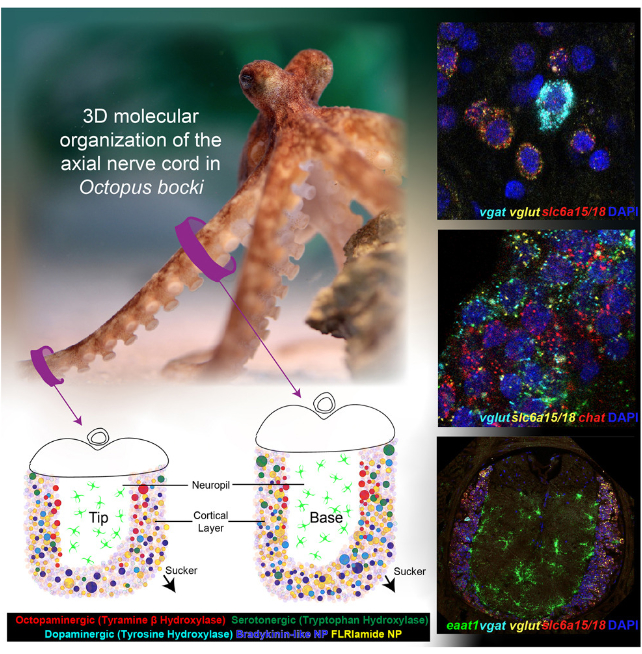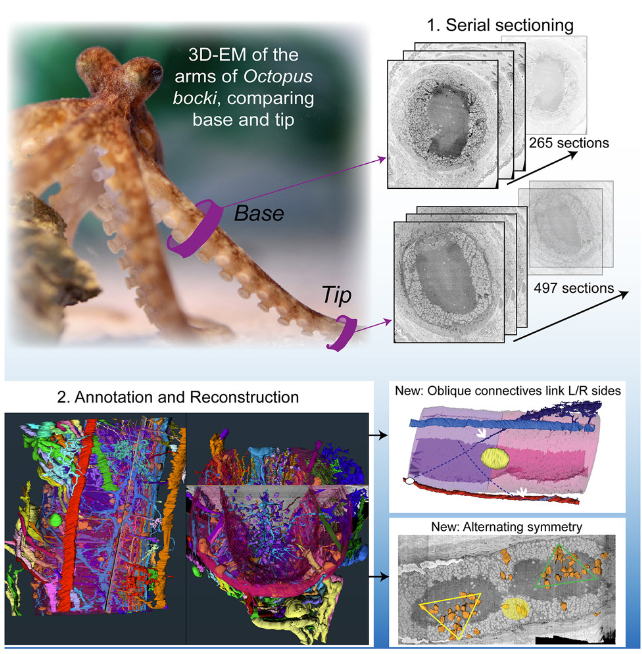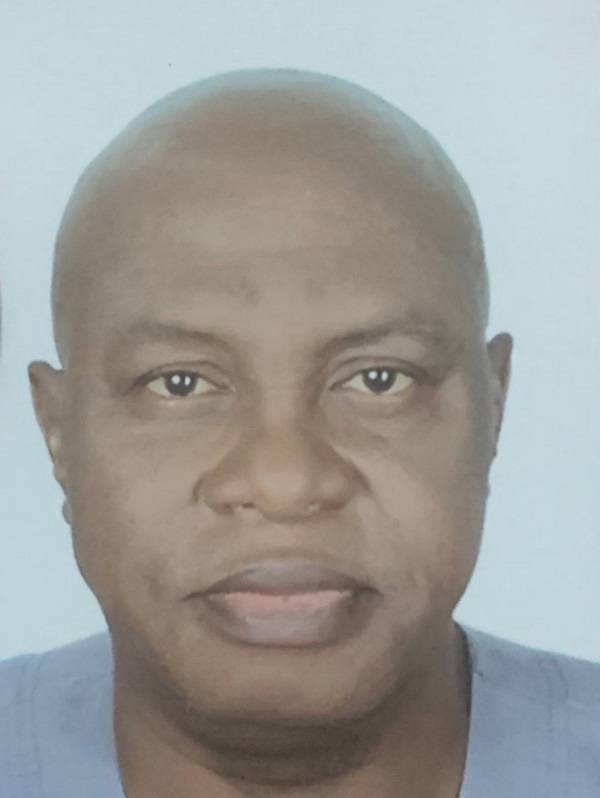Place your adverts here on InfoDig @ low rates; banner ads, sponsored links and guest articles etc. Contact us
Compared with the arms of an octopus, our own bony limbs are about as flexible as old tree branches. It stands to reason that the anatomy within the cephalopod's sucker-speckled appendages ought to be as unique as the animals themselves.
Mapping the weave of nerves and muscles within octopus arms has until now been challenged by the sheer complexity of the task, limiting studies to collecting two-dimensional slices and guessing at how they might stitch together.
Now, two studies from evolutionary biologist Robyn Crook's laboratory, at San Francisco State University, have revealed an unprecedented level of detail in the tissues of what some claim to be the closest thing to an alien on Earth.
"Having [these two papers] converging at the same time means the amount we can learn from any single experiment is just astronomically higher," says Crook.
"I would say these papers are really facilitating discovery in new ways."
Watching an octopus search for prey is like watching ink flow with purpose. Devoid of bones, its musculature warps, twists, extends, and reaches with a balance of strength and dexterity virtually unmatched in the animal kingdom.
Previous studies have provided a broad understanding of the interactions between oblique and longitudinal muscles, and how hundreds of millions of neurons gather in clusters, called ganglions, to give each arm its own level of control, like soldiers in a well-disciplined unit, loyal to the cause yet capable of individual problem-solving.
But just as the human brain is a web of diverse classes of neuron operating under the direction of a wide variety of neurotransmitters, the nervous systems of octopus arms ought to have a level of neurochemical organization that allows them to move, sense, and think with a degree of autonomy.
Crook and her team undertook two separate investigations to reconstruct the arrangements and classifications of nerves running down the arms of Bock's pygmy octopus (Octopus bocki) specimens.
One experiment, led by neuroscientist Gabrielle C. Winters-Bostwick, used a form of DNA technology to tag and identify distinct types of nerve cells. Taking high-resolution images of the arms from tip to top with a recently-acquired cutting edge microscope showed how each class of nerve cell was distributed in three dimensions, revealing distinctions in their populations throughout the limb.
 Nerve cord in an octopus arm, revealing distinct populations of neurons. (Winters-Bostwick et al., Current Biology, 2024)
Nerve cord in an octopus arm, revealing distinct populations of neurons. (Winters-Bostwick et al., Current Biology, 2024)"This allows us to start hypothesizing and posing new questions thinking about how the cells communicate with one another," says Winters-Bostwick.
"It's basically building our arsenal and our toolkit to better understand the behavior and physiologies of octopuses."
A second investigation, led by biologist Diana Neacsu, applied electron microscopy to reconstruct the architecture of neurons, muscles, and skin, demonstrating how the different tissues connect and relate.
The alternative 3D map revealed surprising patterns in the animal's cortex, oblique connections of the intramuscular nerve cords, repeated structures containing nerve ganglions and blood vessels, which corresponded with sucker positions, and a curious arrangement of rare, oversized nerve cells within the cell layers.
 Sections of an octopus arm, revealing connections of nerves, muscle, and skin. (Neascu and Crook, Current Biology, 2024)
Sections of an octopus arm, revealing connections of nerves, muscle, and skin. (Neascu and Crook, Current Biology, 2024)Having an atlas of octopus anatomy is just the beginning for learning how a mollusc behaves in such a relatable manner, having followed such a distinct evolutionary pathway.
"Why do you have an animal with this much complexity that doesn't seem to follow the same rules as our other example – humans – of a very complex nervous system?" says Crook.
"There's a lot of hypotheses. It might be functional. There might be something fundamentally different in the tasks octopus arms have to do. But it could also be an evolutionary accident."
This research was published in Current Biology here and here.








_1730280064.jpeg)





